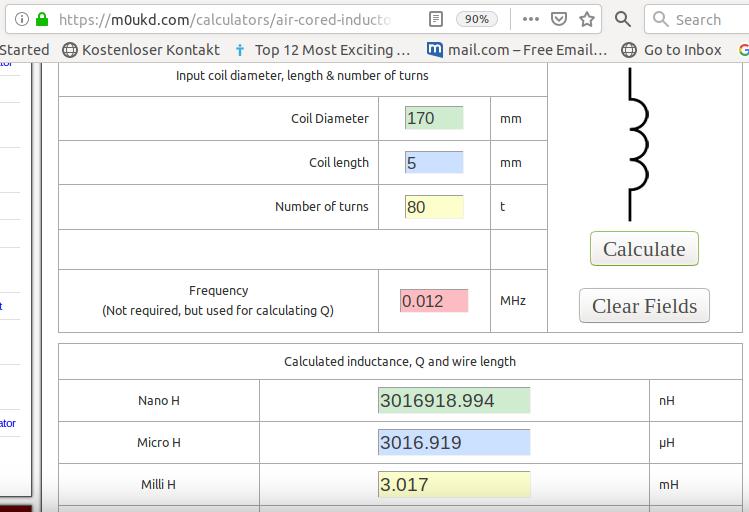Howdy folks! Just wanted to share a project that I have been working on for a few weeks. A redesign of the old White's TR Series 2. The original was difficult to set up for optimum performance, had a terrible thermal drift problem and no discrimination. The good features were automatic ground balance and decent depth for yards and parks. At any rate, it's a fun, cheap and simple detector and it works.
The change I made is a simple filter system to eliminate drift and made tuning very easy.
See the link below:
https://youtu.be/2dF09YP3E4o
The coils are easy to build - 3uH shielded -about 100 turns on a 5 3/8" form, center tapped at 50 turns, 30 AWG . It should run right around 12k Hz. I used a USB-2 cable for the coil below. It works like the original. You can build larger coils too for more depth and coverage.
For setup ? Adjust the 10K pot on the MPS6522 emitter for a 3v PP sinewave in Pin 1 of the CD4024.
Thanks to Smitty II for helping with the board layout. Any interest just PM me.
Don




Comment